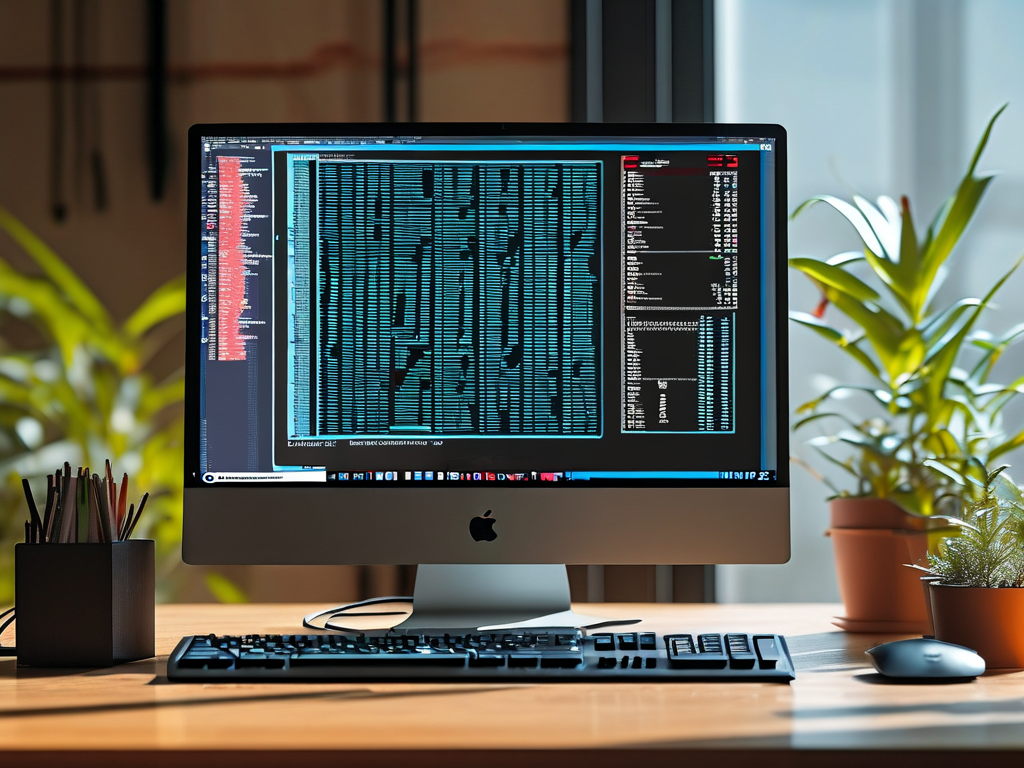Understanding the true capacity of your system's memory is crucial for optimizing performance, troubleshooting issues, and planning hardware upgrades. While modern operating systems display basic memory information, calculating the real available memory often requires deeper analysis. This article explores practical methods and software tools to accurately determine usable memory size, accounting for hardware reservations, shared resources, and system overhead.
Why Standard Metrics Can Be Misleading
Most users rely on built-in system monitors like Windows Task Manager or Linux's free -m command to view memory statistics. However, these tools typically show:
- Total installed physical RAM
- Cached/buffered memory
- Swap space utilization
What they don't reveal are critical factors like:
Memory reserved by BIOS/UEFI (2-5% typical) GPU-shared memory allocations Hardware-level error correction overhead Kernel space reservations
Step 1: Identify Base Physical Memory
Begin with terminal commands for raw physical memory detection:
Windows (Command Prompt):
wmic memorychip get Capacity
Linux/macOS (Terminal):

sudo dmidecode --type memory | grep Size
These commands reveal manufacturer-reported chip capacities, which should sum to your expected total RAM. Any discrepancies here indicate potential hardware issues.
Step 2: Calculate Usable Memory
Use specialized tools to subtract system reservations:
Windows:
- Open PowerShell
- Execute:
Get-CimInstance -ClassName Win32_OperatingSystem | Select-Object TotalVisibleMemorySize, FreePhysicalMemory
Linux:
Analyze /proc/meminfo:grep -E 'MemTotal|MemFree|MemAvailable' /proc/meminfo
The gap between physical RAM and "available" memory represents permanent system allocations.
Advanced Software Solutions
For precise measurement, consider these specialized utilities:
-
HWiNFO (Windows)
- Displays memory mapping including reserved regions
- Provides DDR channel utilization metrics
- Identifies hardware-allocated memory blocks
-
dmidecode (Linux)
- Reveals firmware-level memory configurations
- Exports SPD (Serial Presence Detect) data from RAM modules
-
Custom Python Script
Use the psutil library for cross-platform analysis:
import psutil mem = psutil.virtual_memory() print(f"Total: {mem.total/1024**3:.2f}GB") print(f"Available: {mem.available/1024**3:.2f}GB") print(f"System Reserved: {(mem.total - mem.available)/1024**3:.2f}GB")
Addressing Common Calculation Errors
When numbers don't add up:
- Check for memory remapping in BIOS settings
- Verify dual-channel mode configurations
- Test individual RAM sticks with MemTest86+
- Update motherboard firmware for proper memory recognition
Practical Use Case: Virtualization Planning
When configuring a VM host, accurate memory calculation prevents overcommitment:
Physical RAM: 64GB System Reserved: 3.5GB VM Allocation = 64 - 3.5 - (Host Safety Buffer) Recommended: 60GB maximum for VMs
Calculating real memory size requires moving beyond basic system monitors to analyze hardware-level allocations and software reservations. By combining OS-native tools with specialized utilities and custom scripts, users can achieve sub-1% accuracy in determining usable memory. Regular verification becomes particularly important when working with ECC memory, integrated GPUs, or enterprise-grade hardware configurations.
For mission-critical systems, implement automated monitoring using tools like Nagios or Zabbix to track memory availability trends and predict upgrade requirements before performance degradation occurs.









